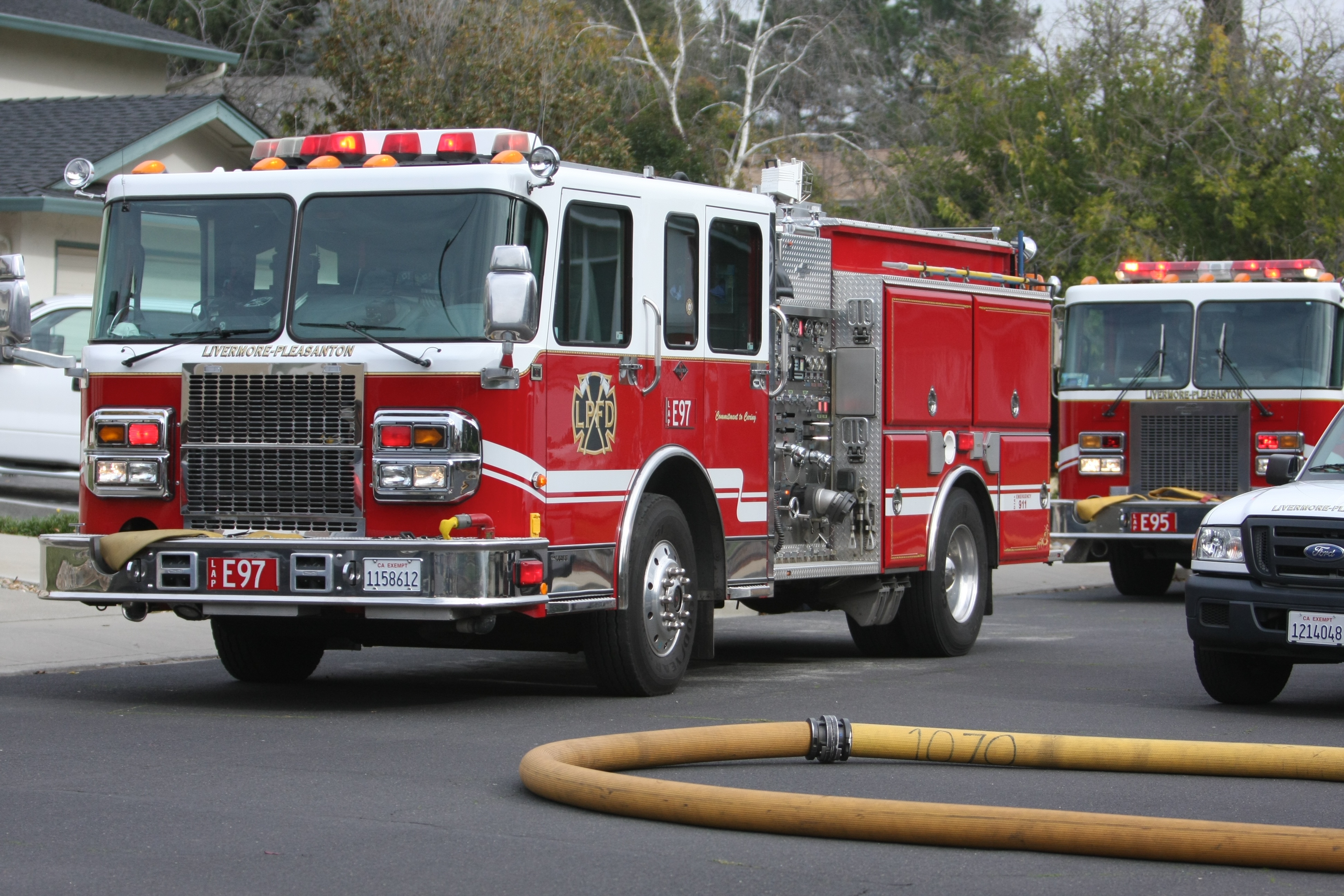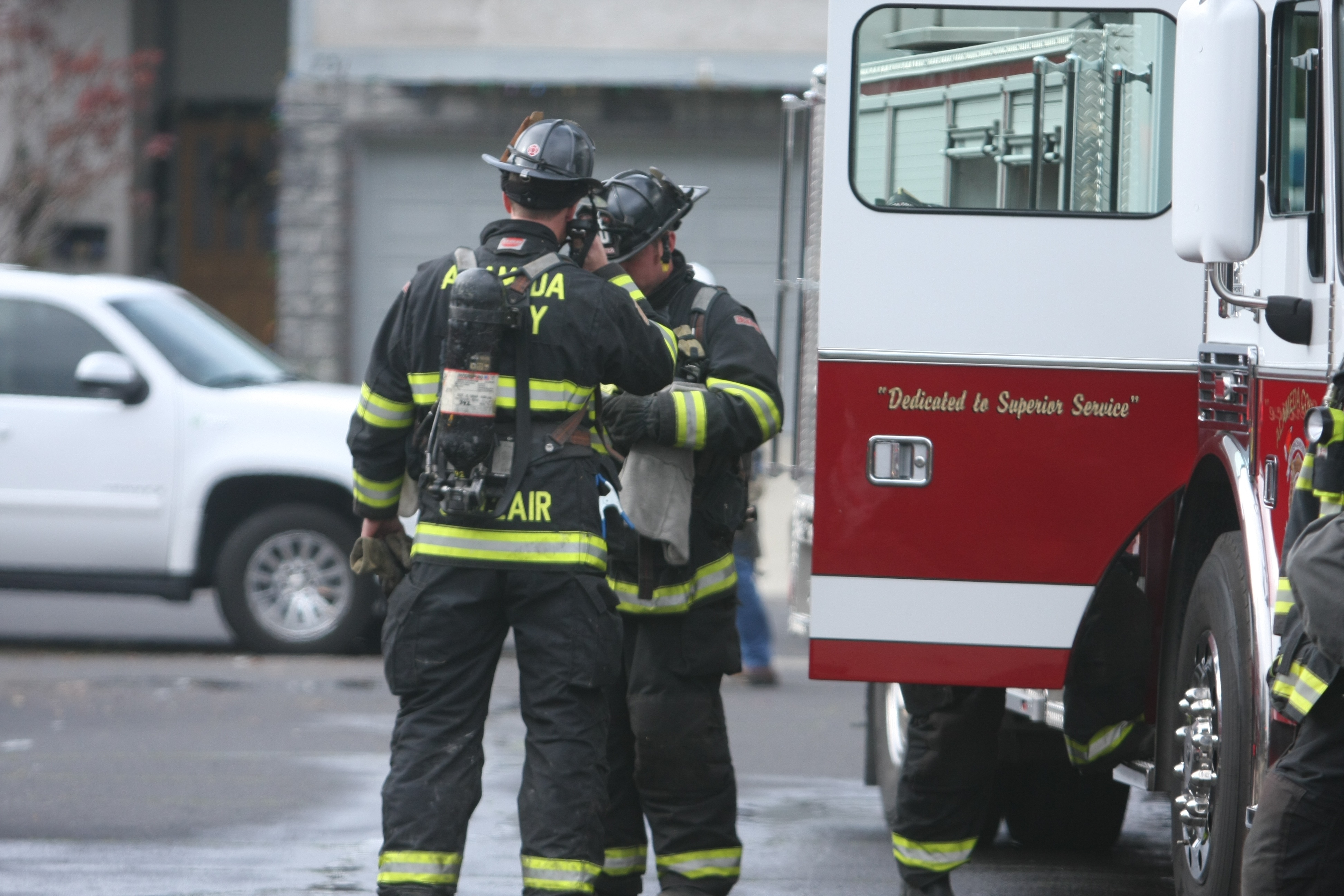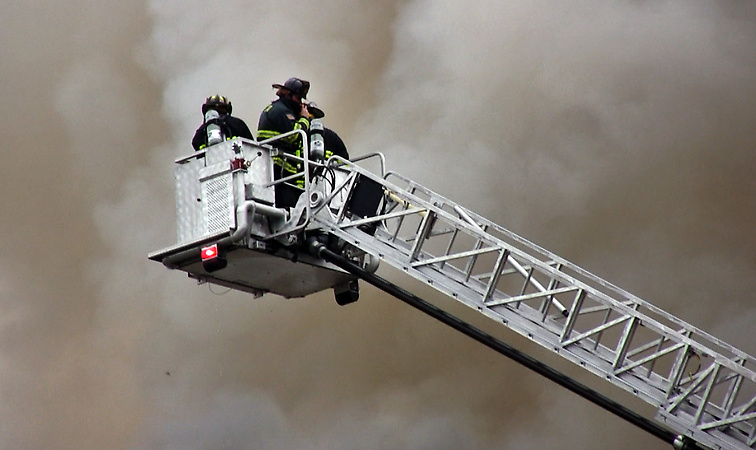Disaster Preparedness Makes Business Continuity an Achievable Goal
Disaster Preparedness Makes Business Continuity an Achievable Goal



It has been 25 years since the Loma Prieta earthquake hit the Bay Area, but those 15 seconds of shaking will never be forgotten by the people who were here to experience it first-hand. Despite those vivid memories, and more recent earthquakes, not every local business and resident has taken the steps necessary to be prepared for when a disaster should strike again. Fortunately, there are plenty of resources, ranging from programs provided by the Livermore Pleasanton Fire Department and Hacienda Owners Association to a number of online resources that make it easy to put a plan in place whether your goal is business continuity or simply safety for you and your loved ones.
"I want to emphasize the importance of preparing for a disaster" says Tracy Hein, Disaster Preparedness Coordinator for the Livermore-Pleasanton Fire Department. "This includes making disaster preparedness kits, putting together a plan, getting informed, and getting involved."
Making a kit simply means having supplies on hand so, no matter where you are when a disaster strikes, you will be prepared. Ideally you will have a 3 day preparedness kit in your vehicle and at least 7 to 10 days of supplies at home and work. Kits should be put together making sure to customize them to fit individual needs. Medications, extra glasses, needs for a baby and/or pet are just a few examples. "Take a look around your house." says Hein. "You likely already have many of the things you need. It is a matter of putting them together so they are easily accessible following a disaster."
Next is making a plan. Have you thought about how you are going to communicate with your family if you can't physically transport yourself to your house? What is your plan to reunite with your family if you can't get home? Plan these things out in advance. At the workplace, a communications plan would include setting up a structure so that people know who to contact to either report or receive information. "For example, a point person from each business could be designated to communicate with the first responders, giving specific details of what the emergency is. That way, before a first responder goes in, they're aware of what the situation is, whether any casualties are involved, and what kinds of hazards might be present as a result of the disaster."
Hein reminds us that we have all likely heard the phrase 'Information is Power' which leads to the next key in being prepared which is getting informed. This speaks to, among other things, the ability to turn off the electricity, gas, or water in situations where it is necessary. If gas lines in a house rupture because of an earthquake, for example, it is important to shut off the supply line to help prevent fires. At businesses, of course, the property management company oversees all that, so there are already people in place who can do that. But do you and your family members know how to do it at home?
Finally, getting involved refers to receiving additional training on what actions to take before, during and after a disaster. "At the business place, this means that every company should determine and train on how employees will prepare and respond as a team," says Hein. "This might involve deciding, in advance, who would focus on business continuity and who would take care of assuring staff and visitors to your business are safe." For example, by establishing an evacuation team, a building coordinator, and floor wardens, companies can make sure everyone gets out safely.
While employee safety is the most important goal of any company's disaster preparedness strategy, the ability of the business itself to survive the disaster can be enhanced significantly with proper planning as well. It is important for businesses to be proactive so that they can get up and running as quickly as they can after a disaster. Following the 1994 Northridge earthquake, a number of small businesses closed down and didn't reopen. Something that likely would have been different had they had business continuity plans in place. "In addition," says Hein "seeing that businesses are back up and running soon after a disaster helps give members of the community a sense 'normalcy' which is important in helping them recover both physically and psychologically."
An excellent resource for businesses is the web site of the Disaster Recovery Journal, available online at www.drj.com. This provides key information for companies seeking to set up their own business continuity strategies. The quarterly publication, which is available at no charge, was founded in 1987 and provides readers with reliable information on potential dangers, services, industry trends, products, and more. The "Resources" section of the magazine's web site offers good practices related to business continuity, free white papers on a variety of relevant subjects, sample disaster recovery and business continuity plans currently used by a variety of institutions, a vendor directory, and even a glossary of terms used by specialists in the field.
There are several other web sites that provide useful information for disaster preparedness and recovery. Ready.gov, published by the Federal Emergency Management Agency (FEMA), provides Family Emergency Plans, Emergency Supply Lists, and specialized brochures for pet owners, seniors, and people with disabilities. There is also business-oriented materials such as Continuity Resource worksheets, Emergency Response Plans, a Business Impact Analysis worksheet, Risk Assessment Tables, and an Insurance Review worksheet. At RedCross.org, the American Red Cross solicits funds and blood donations for disasters that may have already happened, but the organization also offers tips for home, school, and workplace in the site's "Plan & Prepare" section.
There is also a fun tool available at TotallyUnprepared.com, where you can watch clever videos that depict preparedness techniques with a twist of fun. For example, there's a checklist you can use to survey your house, and then wherever you find a potential problem, you can go to their web site and look at a video to see what you need to do.
Disaster preparedness and response coordination is also an important Hacienda focus. Disaster response coordination in the park is aided by Hacienda Security, which patrols the park 24/7, every day of the year. In the event of a major earthquake, for example, park tenants and owners will be able to receive updated information through the park's security network. Those same users would also be able to post inquiries or provide important information via the park's Security Hotline at (925) 734 6520 or by e mailing security@hacienda.org.
Hacienda's security network consists of 24 hour contacts for all park tenants and properties which is used to help coordinate a response in the event of an emergency situation. Tenants and facility representatives who want to be a part of this network can contact the Association's office for details at (925) 734-6500 or info@hacienda.org.
If you would like to test out your own preparations, there's a perfect opportunity coming up. An annual statewide earthquake drill, the Great California Shakeout, takes place on October 16 at 10:16 am. So far, over 9.3 million people have registered to take part in this year's event, which provides an opportunity to practice how to protect yourself during an earthquake.
To sign up, access www.shakeout.org/california and follow the instructions. The web site also offers companies a number of items that can be used to publicize the event - like fliers in a number of languages - or even recordings with instructions that can be played over a building's intercom system.
While it is not yet scientifically possible to predict exactly when an earthquake or some other disaster will take place, it is simple enough to take the necessary precautions that will make it easier to get through the event with a minimum of disruption to your family and your business. For additional information on local disaster preparedness resources, contact Tracy Hein, Disaster Preparedness Coordinator, for the Livermore Pleasanton Fire Department, at (925) 454-2317 or thein@lpfire.org.
Also in this issue...
- The Quad Offers Five Fitness Choices in One Location
- Belden Engineering Brings Buildings to Life
- Business Bits
- Engineer Maintains All-Around Healthful Lifestyle
- Insurance Firm Offers Variety of Options
- Improve Presentation Skills with Dynamically Speaking
- Disaster Preparedness Makes Business Continuity an Achievable Goal
- Gala Fundraiser to Support Agape Villages Foster Family Agency
- Wheels for Meals Ride supports Meals on Wheels
- Swing for Charity to Benefit Mental Illness
- Hacienda Index
- Calendar




